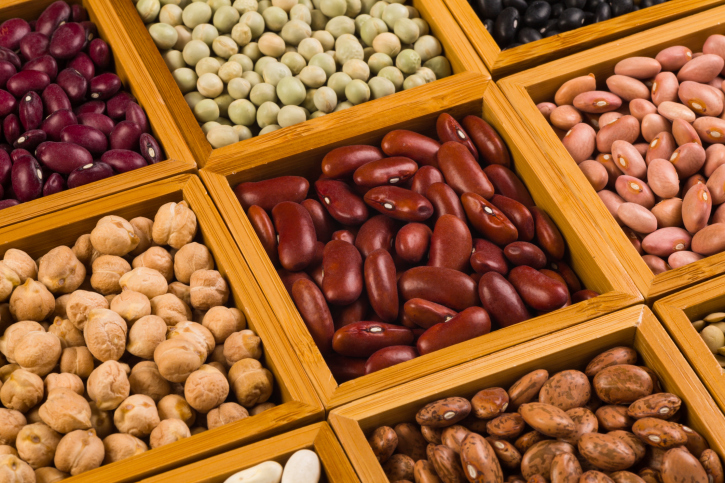Flexitarian diet: Are you flexible?

By Matthew Kadey
Most runners realize that increased physical flexibility brings a myriad of benefits. Less injury, improved performance, increased strength – can all be chalked up to being able to touch your toes. There is, however, another type of flexibility that is gaining popularity, but it occurs not in the gym but the kitchen.
Flexitarian is a term recently coined to describe a diet that is focused on making plant-based foods a mainstay, while still having the flexibility to dabble in the occasional pasta with meatballs or fish taco. This so-called semi-vegetarian diet makes it easier for individuals to embrace plant-heavy eating without the need to give up animal-based foods completely.
The beauty of the flexitarian diet is that it’s all about options. There are no steadfast rules about when you can or can’t eat meat. So, it’s perfect for any runner who finds the thought of committing entirely to a vegetarian or vegan lifestyle unappetizing. You can start gradually, by going meatless on Mondays. Another option would be to allow meat to enter the equation only during dinner meals. You could even go as far as to only give in to your meat cravings one night a week. The only stipulation is that you make the effort to work towards switching from a meat-heavy diet to a plant-based one.
Here’s why it might be time for you to flex your diet.
Boost Health
A plant-centric diet is generally lower in calories yet higher in fibre, vitamins, minerals and antioxidants. Studies show that noshing primarily on plant-based meals can slash the risk for a number of chronic diseases, such as cancer and heart disease. This is why recent research published in the American Journal of Clinical Nutrition found that semi-vegetarians live on average 3.6 years longer than their counterparts who subside on a meat-heavy diet.
Flexitarian eating is also beneficial to runners who are looking to trim their waistlines. Researchers at Boston’s Tufts University compared food-frequency questionnaires from more than 55,000 healthy women, finding that semi-vegetarians (those who consume small amounts of animal products) are 11 per cent less likely to be overweight or obese than those who eat more meat. A big caveat is that you can expect to shed weight and body fat on a flexitarian diet only if you focus on whole foods such as beans and whole grains, as opposed to replacing animal protein with sumo-sized bagels and heaping servings of refined pasta.
Win the Numbers Game
While plant-based diets are richer in a number of nutrients, some items such as vitamin B12, vitamin D, protein, iron and zinc can be harder to come by when following strict vegetarian or vegan eating plans. By including reasonable amounts of animal-based foods in your diet like yogurt and red meat you’ll still fulfill these nutritional requirements, which are essential for all runners.
The Change Up
Think of flexitarian eating as a way to broaden your culinary horizons. By having meat-free days, you’ll be forced to get creative with meal planning, but this is a good thing. It’s likely that a flexitarian diet will include a larger variety of foods such as lentils, hemp seeds, eggs, high protein grains like quinoa, beans and soy-based proteins including tempeh and tofu. The benefit of this dietary variety to runners is that it can automati- cally increase the range of performance- and health-boosting nutrients in the diet. For example, while chicken breast is a great source of muscle-friendly protein, lentils and beans are undeniably much more nutrient-dense. Plus, a greater array of antioxidant packed vegetables and fruits will likely work their way into your diet. Visual potlucks such as foodgawker.com and tastespotting.com as well as flexitarian focused cookbooks including The Flexitarian Table and Everyday Flexitarian can help inspire you to do wonders with tofu or mung beans.


